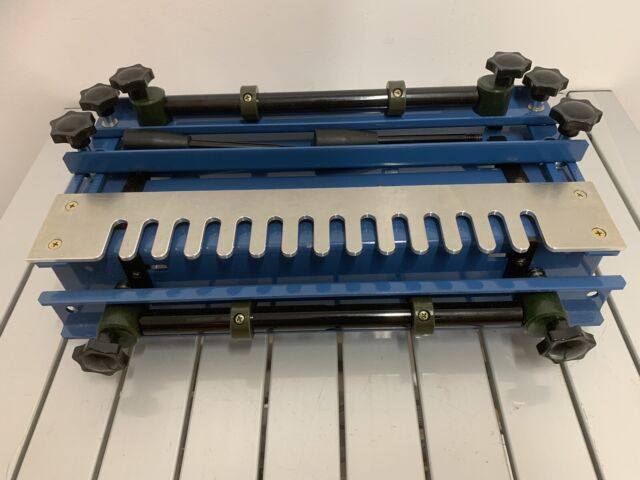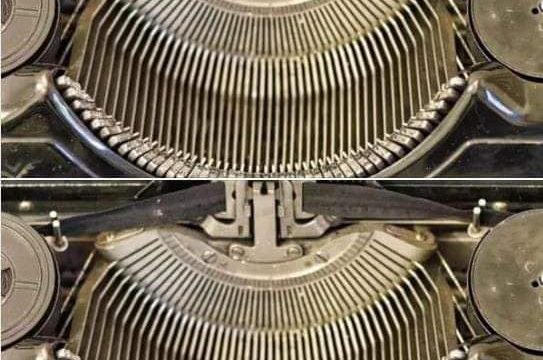 \
\
The Evolution and Importance of Dovetail Jigs in Woodworking
Introduction
Dovetail jigs are an indispensable tool in woodworking, known for their role in producing strong, accurate joints. Originally based on traditional joinery techniques, these tools have greatly advanced over time, benefiting both beginner and experienced woodworkers alike.
Historical Background
The dovetail joint has been used for thousands of years, with its earliest examples found in ancient Egyptian furniture and Chinese woodworking. This joint is prized for its strength and resistance to being pulled apart, which made it a favorite among early craftsmen. However, crafting dovetail joints by hand was a labor-intensive process, requiring significant skill and precision.
In the late 20th century, dovetail jigs changed the game for woodworkers. These devices made it possible for even beginners to create joints with the same level of accuracy as seasoned professionals. The earliest jigs were made from metal, using templates and guides to help users make precise cuts at the right angles.
How Dovetail Jigs Are Used
Dovetail jigs simplify the process of creating dovetail joints, making it more accessible to all levels of woodworkers. To use a dovetail jig, you set it according to the thickness of the wood and the type of joint you want to make—whether it’s a through, half-blind, or sliding dovetail. The jig holds the wood in place while you cut the joint with a router or saw, ensuring that your cuts are accurate and repeatable.
Common Applications
- Furniture Making: Dovetail joints are often used in drawers, cabinets, and casework because of their strength and appealing appearance.
- Cabinetry: These jigs are vital for creating durable and aesthetically pleasing cabinet joints.
- Hobby Woodworking: Many DIY enthusiasts use dovetail jigs for various projects, helping them enhance their skills and produce more professional-quality work.
Legacy
Dovetail jigs have played a key role in making high-quality woodworking accessible to more people. By enabling even amateurs to create professional-grade pieces, these tools have elevated the appreciation for craftsmanship in woodworking. As technology continues to develop, dovetail jigs remain a relevant and valuable tool, evolving alongside new methods while staying true to their original purpose.
Cultural Influence
In the woodworking community, dovetail jigs are seen as symbols of precision and quality. They are regularly used in workshops and schools, serving as important tools in the development of craftsmanship. The efficiency of these tools in producing strong, precise joints has also had an impact on modern design, pushing the boundaries of what woodworkers can create and inspiring more ambitious projects.
Conclusion
Dovetail jigs beautifully merge tradition with modern innovation in woodworking. From their ancient roots to their current applications, these tools have left a lasting impact on the craft. As woodworkers continue to push creative boundaries, dovetail jigs will undoubtedly remain a critical part of the craft, embodying the precision and artistry that define woodworking.





